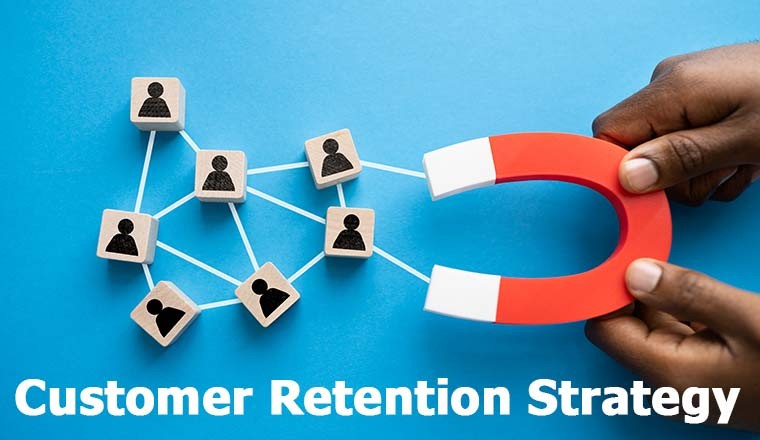In the intricate dance of leadership and persuasion, one of the most delicate steps is learning how to instigate a sense of urgency without simultaneously creating an environment of undue pressure. Many leaders mistakenly equate urgency with high-stakes demands, tight deadlines, and an almost palpable tension, believing that these tactics are the only way to motivate action. However, such an approach often backfires, leading to burnout, diminished creativity, and ultimately, a decline in both productivity and morale. The truly skilled leader understands that authentic urgency stems not from fear or coercion, but from clarity, purpose, and a shared vision of impending opportunity or necessity.
The foundation of creating urgency without pressure lies in transparent communication. When individuals understand the “why” behind a particular initiative or deadline, they are far more likely to embrace it with enthusiasm rather than resentment. Consider a product development team facing a critical launch. Instead of simply dictating an accelerated timeline, a wise leader would explain the market window they are aiming for, the competitive landscape that necessitates speed, and the potential rewards—both for the company and for the team members themselves—if they hit that target. This kind of contextualization transforms an arbitrary deadline into a shared goal, infusing it with meaning and personal relevance. When people feel informed and valued enough to be privy to the bigger picture, their internal motivation to act quickly naturally increases.
Another powerful strategy involves framing the situation around opportunity rather than impending doom. Humans are inherently drawn to potential gains more than they are repelled by potential losses, especially when the latter feels punitive. Instead of warning about the negative consequences of inaction, highlight the positive outcomes of swift and decisive movement. For instance, a sales manager might tell their team, “If we secure this new client by the end of the quarter, it opens up a completely new revenue stream that will allow us to invest in better tools and training for everyone,” rather than, “If we don’t close this deal, we’ll miss our targets and face budget cuts.” The former approach inspires a collaborative spirit toward achieving a desirable future, while the latter can induce anxiety and a defensive posture, which are counterproductive to effective performance.
Furthermore, fostering a sense of collective purpose is crucial. When individuals feel that their efforts are contributing to something larger than themselves, and that their role is indispensable to the group’s success, a natural impetus to act with urgency emerges. This is particularly evident in mission-driven organizations where employees deeply connect with the values and societal impact of their work. Think of a non-profit organization working to address a pressing global issue, like climate change or food insecurity. The urgency felt by their staff stems not from a demanding boss, but from a profound understanding of the problem’s gravity and the tangible difference their work can make. Leaders can emulate this by consistently articulating the overarching mission, celebrating team achievements, and clearly demonstrating how individual contributions contribute to the collective victory. This shared sense of mission creates an intrinsic drive that transcends mere deadlines.
Providing clear pathways and removing obstacles also significantly contributes to organic urgency. Often, what appears to be a lack of urgency is, in fact, an inability to see a clear path forward or the presence of hidden roadblocks. If a team is asked to accelerate a project but lacks the necessary resources, clear decision-making authority, or access to critical information, the request for urgency will simply manifest as frustration. A leader who proactively identifies and addresses these systemic issues empowers their team to move quickly. This might involve streamlining approval processes, providing additional training, or reallocating resources to critical junctures. By clearing the runway, leaders enable their teams to take off at speed, rather than demanding acceleration while simultaneously holding them back.
Lastly, setting realistic expectations and celebrating incremental progress helps sustain urgency over the long haul without leading to burnout. While the goal might be ambitious, breaking it down into manageable milestones and acknowledging each step forward maintains momentum and prevents the team from feeling overwhelmed. A marketing campaign with a six-month lead time can feel daunting if presented as one monolithic task. However, if the team celebrates the completion of the research phase, the finalization of creative concepts, and the launch of initial pilot ads, the continuous string of small victories reinforces progress and fuels the drive towards the ultimate objective. This approach transforms a marathon into a series of sprints, each with its own finish line, allowing for regular rejuvenation and renewed focus, thereby creating an environment where urgency is a constant, yet sustainable, force. By mastering these nuanced strategies, leaders can inspire rapid, high-quality action that originates from genuine commitment and shared purpose, rather than the debilitating weight of external pressure.




